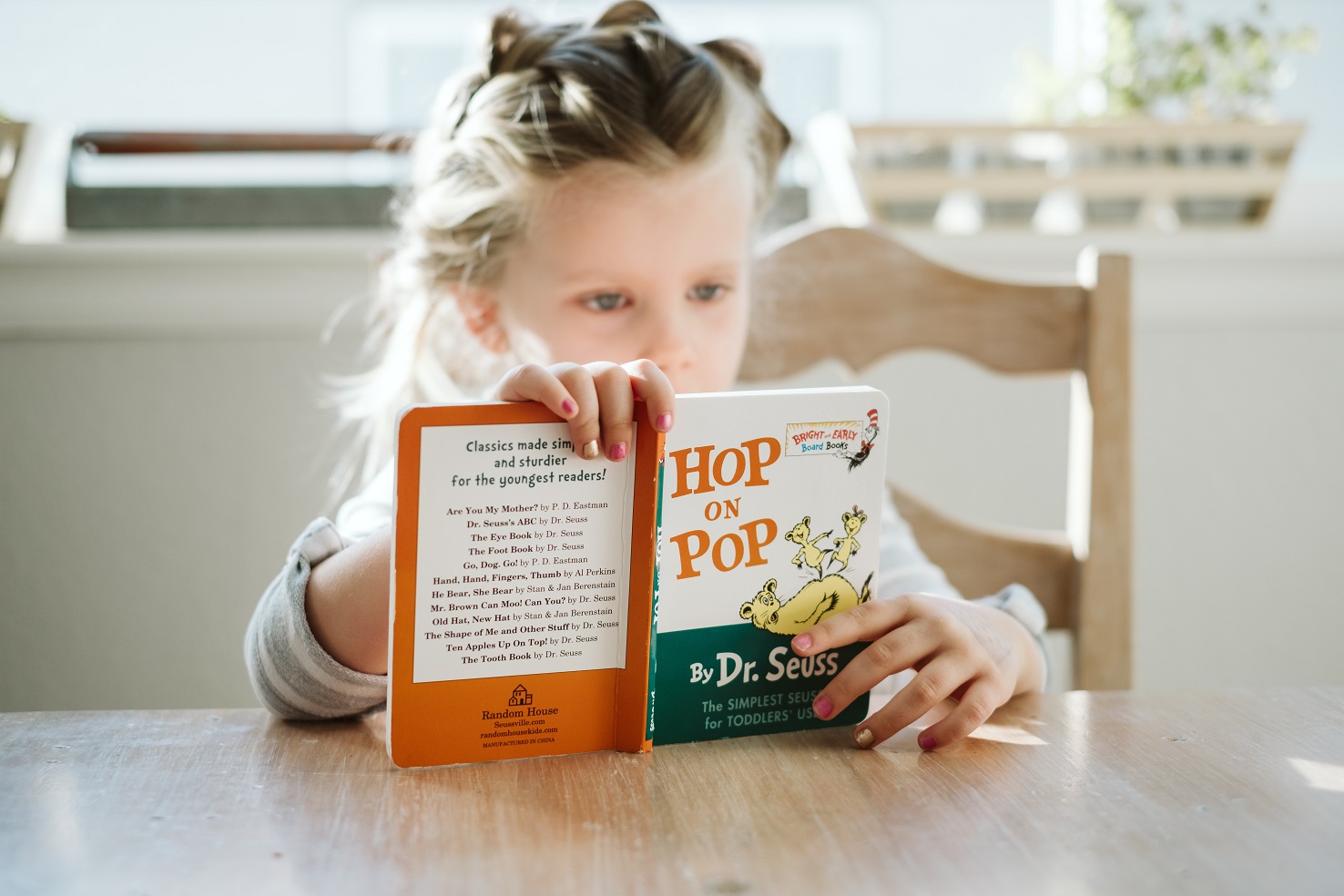The genre of early readers can be fun and delightful (Dr. Seuss’s Green Eggs and Ham) or dull as dry toast (Dick and Jane). Maybe the only element these books have in common is the ease with which they can be read. If you want to write early readers (generally grades K-2), it is necessary to understand concepts that factor into making your books easy to read.
There are a variety of systems used to describe reading levels and publishers have different definitions for their Level 1-4 early readers. One of the most well-known systems, and one that can be used to determine reading level, regardless of what the publisher says, is the Lexile measuring scale. Lexile levels are in increments of 10, starting with BR (beginning reader, below 0L) and going to 2000L. Educators use Lexile levels to help match children with books that are challenging to read, but not so challenging that they will get discouraged. Children may be tested to determine their level and then matched with appropriate books. The best range for a child to read is 50 below to 100 above their current level.
An online search for “Lexile reading level” will lead you to sites where you can input a book title and find out its Lexile level. So you don’t have to do that right now; here is a sampling of books at each level. I have given a general range for comparison purposes, but it’s not exact because books in a given series will vary.
- BR-100L: Bob Books Set 1
- 100L-300L: Elephant and Piggie books
- 210L: Green Eggs and Ham
- 300L-400L: Frog and Toad
- 400L-500L: Henry and Mudge, Magic Treehouse
- 400L-600L: Junie B. Jones
- 500L-700L: Boxcar Children, American Girls
- 600L-700L: Geronimo Stilton
- 700L-800L: Spirit Animals
- 800L-900L: Chronicles of Narnia
- 880L: Harry Potter and the Sorcerer’s Stone
- 1000L: The Hobbit
Lexile levels don’t correspond precisely with grade levels because children learn to read at different rates. From the Lexile website, the 25th-75th percentile of first grade students will be reading BR120L-290L by midyear. Educators’ midyear goal for first grade students’ reading speed is 30 words per minute (wpm). Second grade students in the 25th-75th percentile read at 170L-545L at midyear. The reading goal for second grade is 90 wpm by the end of the year. Some students will read faster and some will read more slowly, so some second grade students will have advanced past early readers to beginning chapter books before the end of the year while others still need easier early readers.
Multiple factors are taken into consideration to determine Lexile numbers and they appear to be a proprietary secret. However, I’ve been able to figure out some things. Word length and difficulty is definitely a factor. Children begin by reading what are called CVC (consonant-vowel-consonant) words like cat and sit. They then progress to longer words with differences in spelling and pronunciation, compound words, etc. Texts with longer and/or more difficult words will earn a higher Lexile number while texts with sight words and easy-to-sound-out words will be given a lower Lexile number. It does not appear there is a designated vocabulary list, although word choice matters.
Sentence length and construction also factor into determining the Lexile level. Young readers typically don’t do well with long sentences because they read so slowly. Early reader books are used with kids in grades K-2, but reading speed isn’t even measured until the middle of first grade. The Lexile system takes sentence length into consideration. Also, simple sentences will earn a lower level than books with more advanced sentence construction. Paragraph length may also be a factor.
One element that appears to be totally absent from consideration is subject matter. Hunger Games comes in at 810L, just below the first Harry Potter. Go figure.
This article was originally written for Readers’ Favorite by Donna Gielow McFarland.



